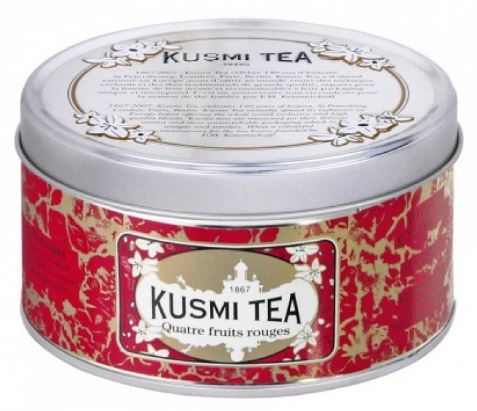Nostalgia is the idea of using trends from the past to make people in the modern world feel fond towards content that they may have seen in the past. This can be used to interest the audience by making them want to buy your content because when they were younger if the content was good it would also be rememberable, and they may want to relive that rememberable moment.
Nostalgia has been around for decades and many graphics designers have revamped original ideas. Fashion trends are often revived, like fashion graphics design is artistic – and both tend to come back as a trend sometime soon after their discontinue. One of the first recorded designers using this idea was Push Pin Studios, they used typefaces from the past to update their contours. Even nowadays nostalgia picks up interesting graphic content. Example would be, back in 2008 polaroid cameras were no longer selling, now, designers have made polaroid filters on phones so it look likes it has come straight from an old polaroid camera.
Classic retro video games can be very nostalgic for young adults nowadays, I could use this research if I want to appeal to young adults when advertising cars. I personally like this concept because I can think of some retro games that I liked when I played them at a younger age, and you get a good feeling when you play an old game that you remember well.

Title – Pacman, Space invaders and Centipede Poster for Sony’s PIXELS , Designer – Unknown
Source – https://www.google.co.uk/search?q=pixels+(2011)+short+animation&espv=2&biw=1790&bih=903&tbm=isch&source=lnms&sa=X&ved=0ahUKEwj17fyk9qLPAhXHDsAKHc1OAfEQ_AUIBygC#imgrc=LEIdovlVqFVh4M%3A
Analysis on Pacman, Space invaders and Centipede Poster for Sony’s PIXELS:
The concept of Nostalgia has been used in this artwork to show a film. The retro games are vibrant and large to make them the first thing you see on the page. The images are pixelated to keep the message that these are retro games because back in the day, the games didn’t have very good graphics and were very pixelated. The characters from the games interact with the landscape which helps give the effect that it is part of real life, the Pacman is eating away at the city (in the game the Pacman would go around eating balls), the Space Invader seems to be turning around the Eiffel Tower as it is angled to side facing it, and the Centipede is floating around trying to catch the mushrooms (like in the game), so these posters have keep the meaning of each game very well because their target audience would be able to related there past experiences with these games very well.
I think that these posters are successful because they advertise a film in which their target audience are young adults, using nostalgia can help relate young adults with there past and therefore they may want to see this film to remind them of their past.
Most people that buy their first car are young adults, so this concept could work well with that target audience, producing a piece of content that shows a cheap car that could be your first with in a retro game.

Title – Water Torture Escape (1974) , Designer – Seymour Chwast
Source – Heller, S and Vienne, V (2012) 100 Ideas That Changed Graphic Design, London, Laurence King Publishing Ltd.
Analysis on Water Torture Escape:
My second example of a design that shows Nostalgia is called ‘Water Torture Escape and it was designed by Seymour Chwast and was advertised in 1974. This poster is to advertise a television channel for a magic show, this piece is nostalgic because it shows Harry Houdini, whom is a famous magician with one of his most famous tricks being the Chinese Water Torture Cell. Houdini was around in the 19th century so he was an iconic figure for people in 1970, therefore if people would see his work or something familiar then they would remember his work – nostalgic. The colours from this poster have the nostalgic style, where they are solid colours and a small amount of detail – I have seen this with other research I have done into ‘Nostalgia’
I think that the message of this poster is strong because people will recognise who the man is and they will be intrigued to watch the show to see more of his famous magic tricks – this makes the design successful as it keeps the mysterious magician feel and the colours match an old style, staying solid and little colour.
I personally like the colour scheme in this design as it gives that old style off and it is very clear what is happening in the poster. I may use this colour scheme in my own work as it would also help to show a nostalgic theme – I may add more detail to the background of my idea as i think this ‘Water Torture Escape’ may be a little too plain.


















